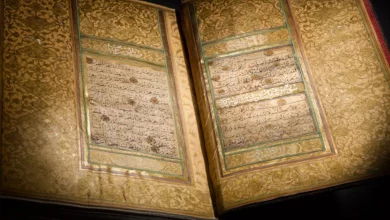What lies beneath Hagia Sophia? Secrets of underground tunnels, vaults, tombs opens for visitors
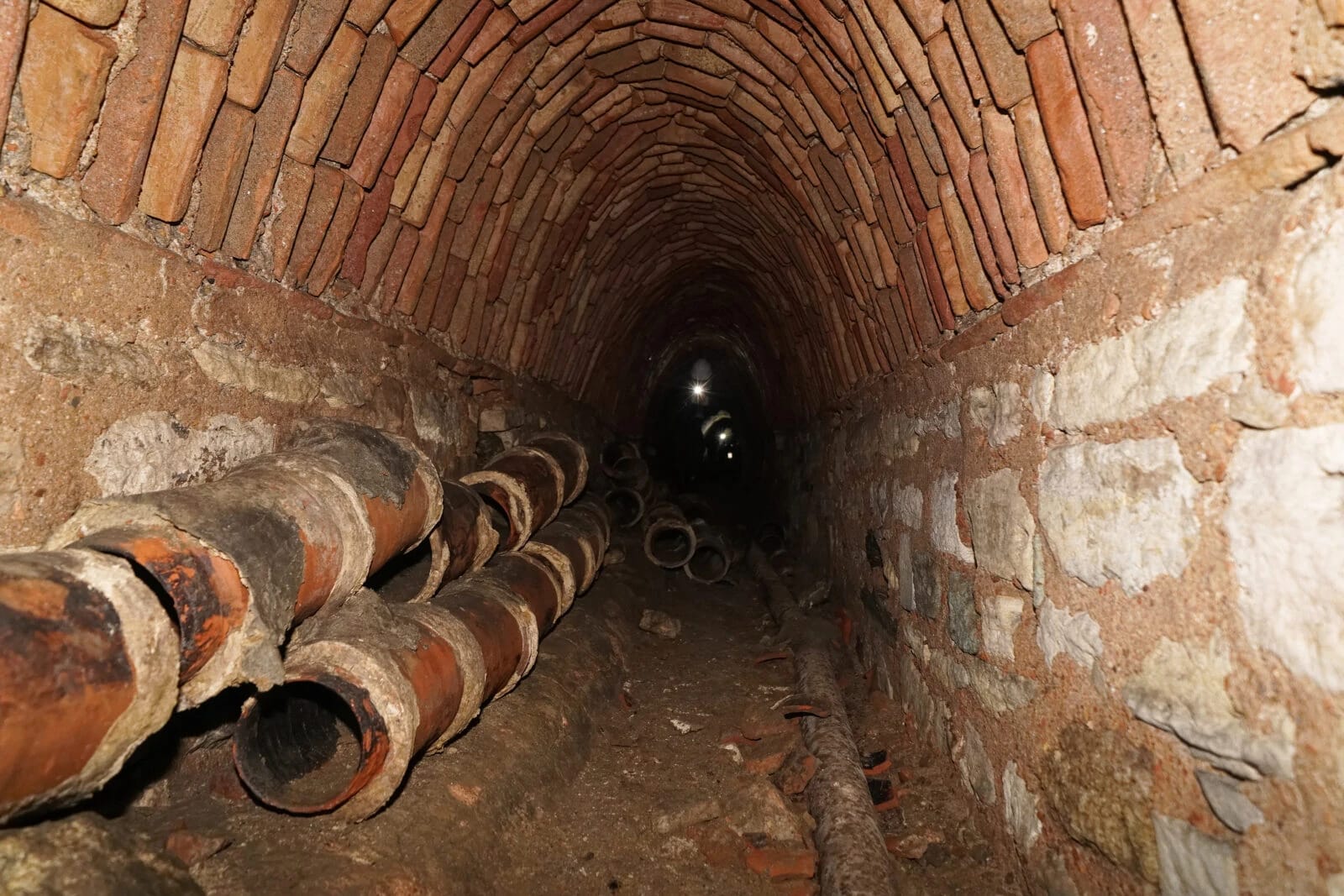
Hagia Sophia, a marvel of architectural, religious, and cultural history, holds more than meets the eye. Beneath its towering dome and majestic walls lies a labyrinth of underground tunnels, vaults and a fascinating three-chambered tomb.
These structures, some predating Hagia Sophia itself, are now poised to be unveiled to the public, promising an unparalleled journey into the depths of history.
The underground structures beneath Hagia Sophia include tunnels that span nearly one kilometer, intricate vaults, and ancient burial chambers.
These subterranean features served a variety of purposes, from ventilation to storage and even burial. They are interconnected, forming a concealed network described by experts as the “lifelines” of Hagia Sophia.
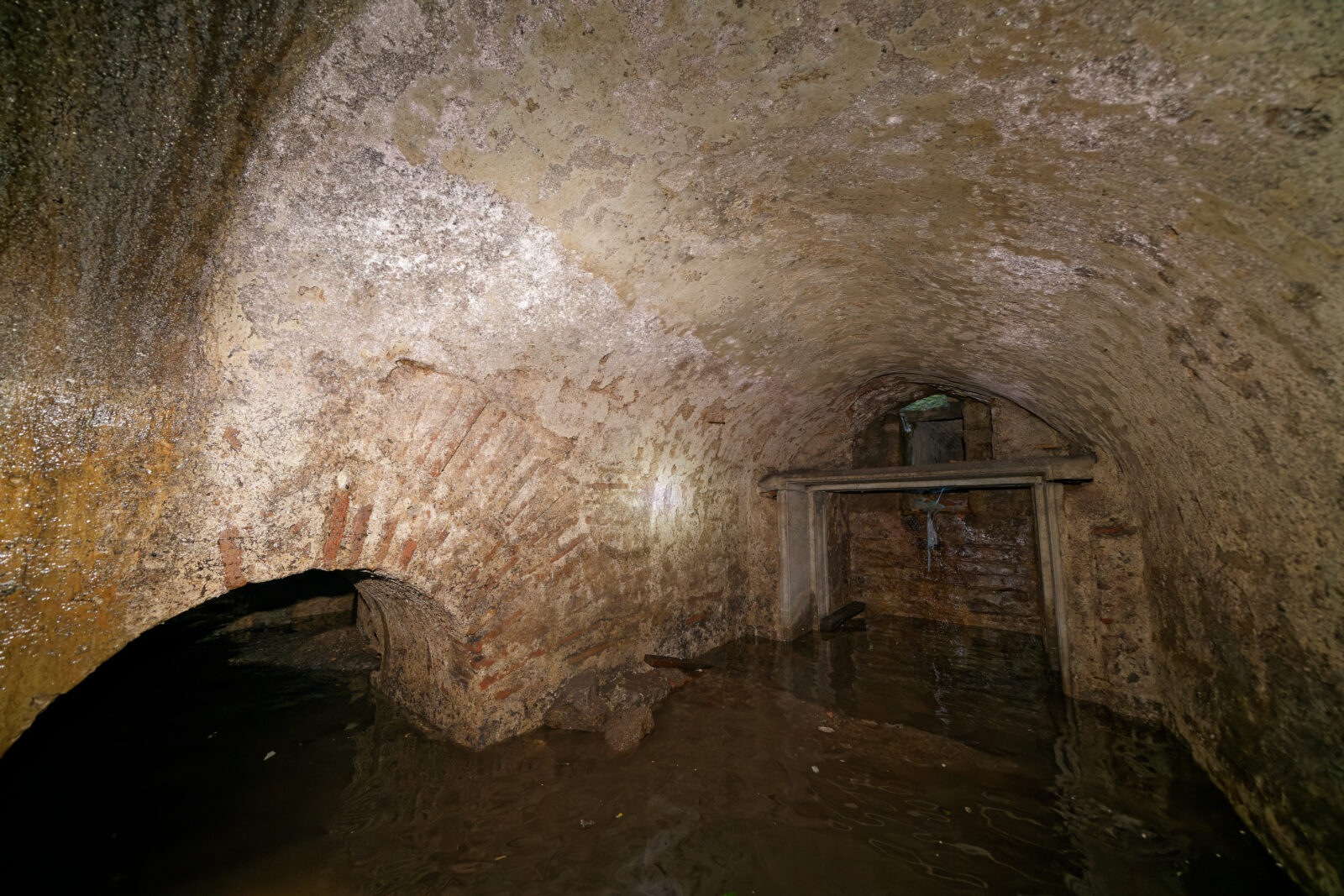
Journey into depths of history
Three-chambered tomb: A glimpse into past
One of the most intriguing discoveries is the three-room underground tomb located four meters below Hagia Sophia‘s northeast façade. Known as the “Hypogeum,” this burial structure dates back to the fourth century A.D., predating the construction of Hagia Sophia in the 6th century. Thought to be one of the oldest architectural remains in the area, it was repurposed over time and connected to other underground facilities via ventilation shafts.
This tomb, rediscovered and documented in 1946 by Muzaffer Ramazanoglu, a former Hagia Sophia museum director, remained largely neglected until a massive cleanup effort by the Ministry of Culture and Tourism in 2020. Over four tons of debris and mud were removed, revealing its grandeur.
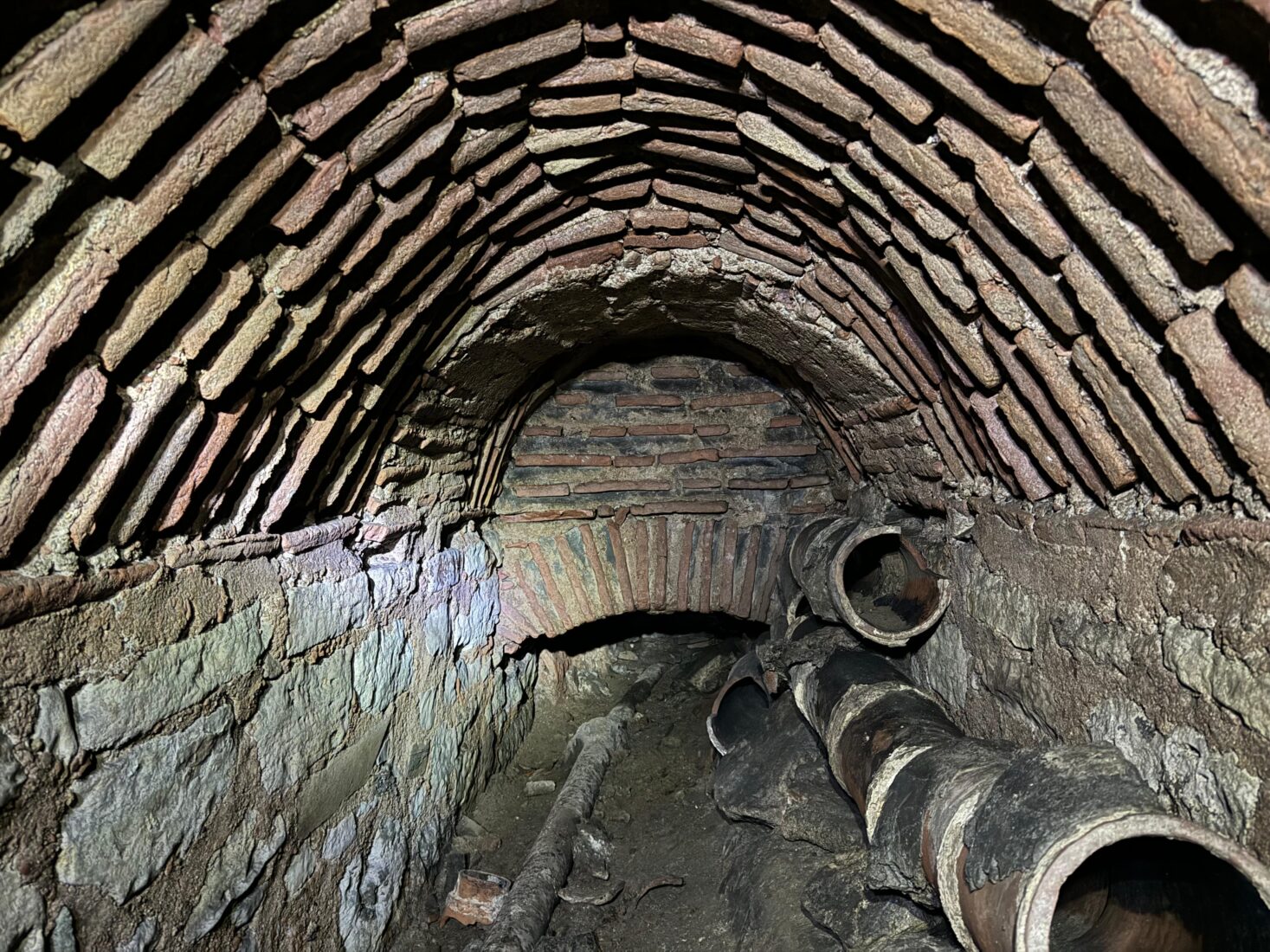
Vaults and tunnels: Hidden marvels of Byzantine engineering
Under the northwest garden, two meters below the surface, lie vaults believed to be the substructures of Hagia Sophia’s original atrium courtyard.
Though the atrium’s upper structure no longer survives, its underground features remain remarkably intact. These spaces likely served as storage for essential but inconspicuous materials required for Hagia Sophia’s operations.
The underground tunnels, some of which span hundreds of meters, are narrow and difficult to navigate. Initially designed for water supply and ventilation, these tunnels were mapped using advanced 3D imaging and manual measurements.
A comprehensive survey conducted five years ago documented 668 meters of accessible tunnels, while the remaining 268 meters blocked by debris were measured manually.
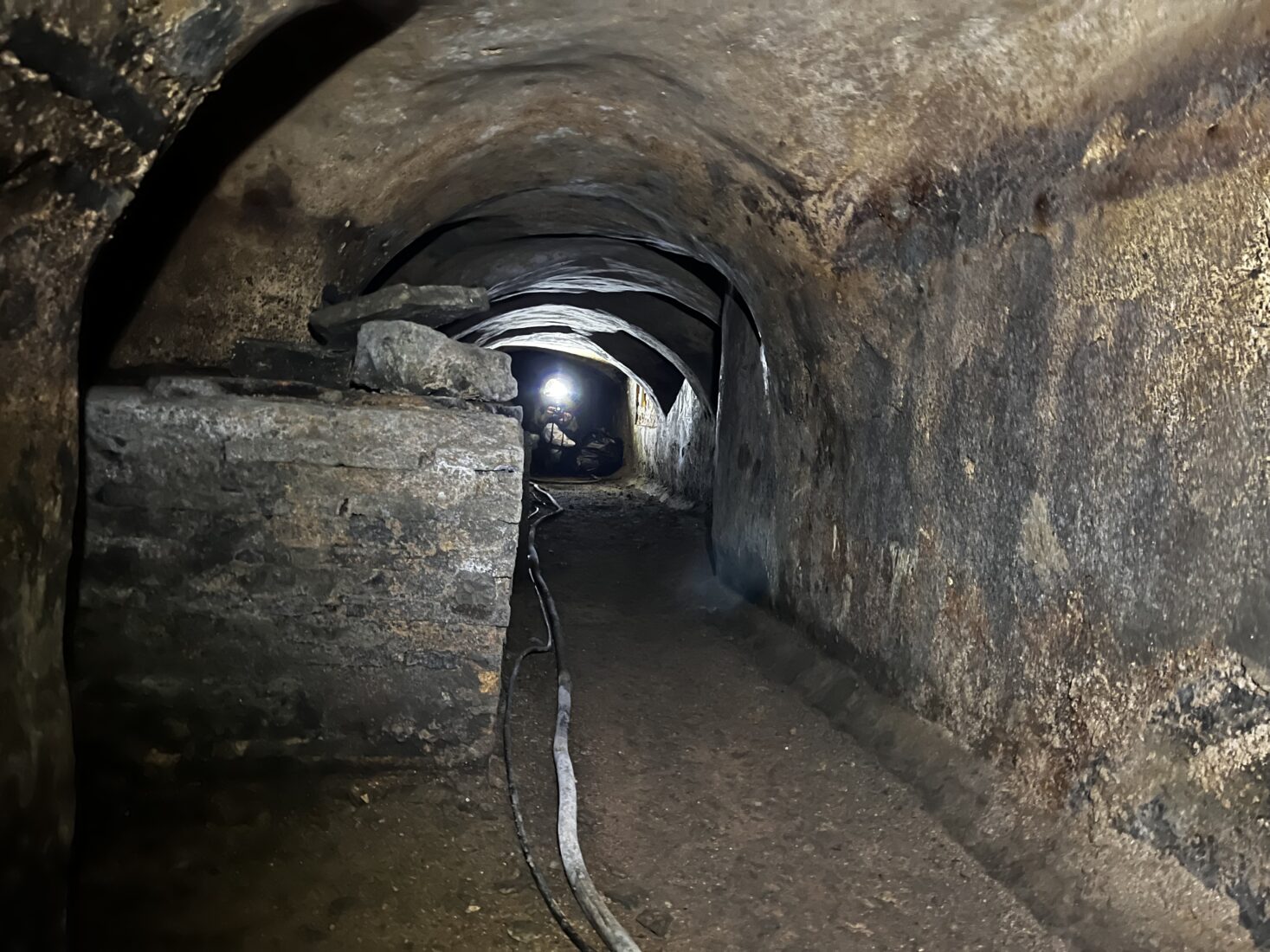
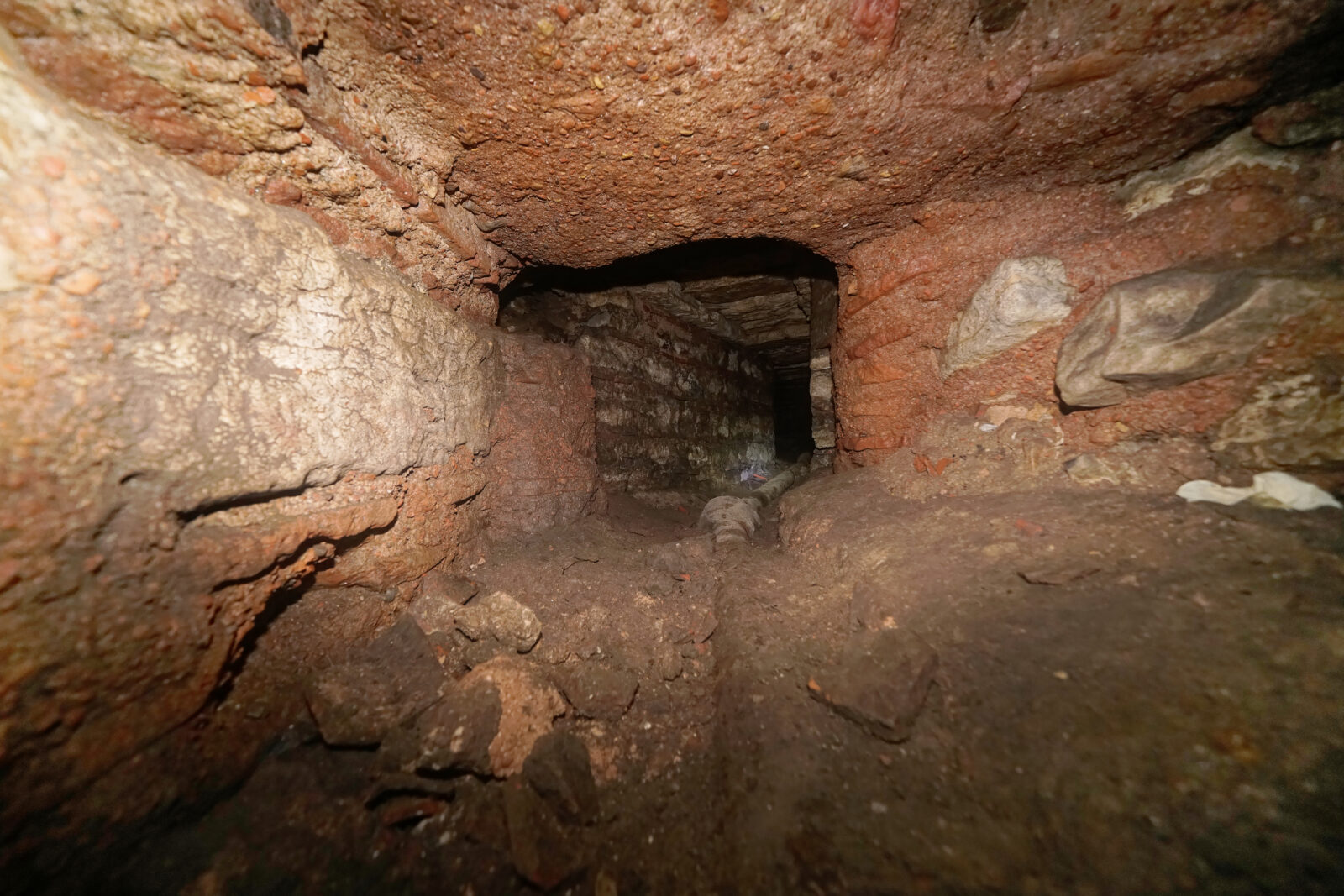
Dispelling myths: No tunnels to the Maiden’s Tower
Urban myths suggest that these tunnels extend as far as Kiz Kulesi (Maiden’s Tower) and the Princes’ Islands. However, experts dismiss these claims as fanciful tales, emphasizing that the tunnels primarily served practical purposes.
Their narrow design and confined layout were meant for maintenance and repairs, not for travel.
Hagia Sophia opening to visitors
Efforts to clean and restore these underground marvels are now underway. Led by the Directorate General of Foundations, the project aims to open these areas to visitors, shedding light on the centuries-old history concealed beneath the iconic monument.
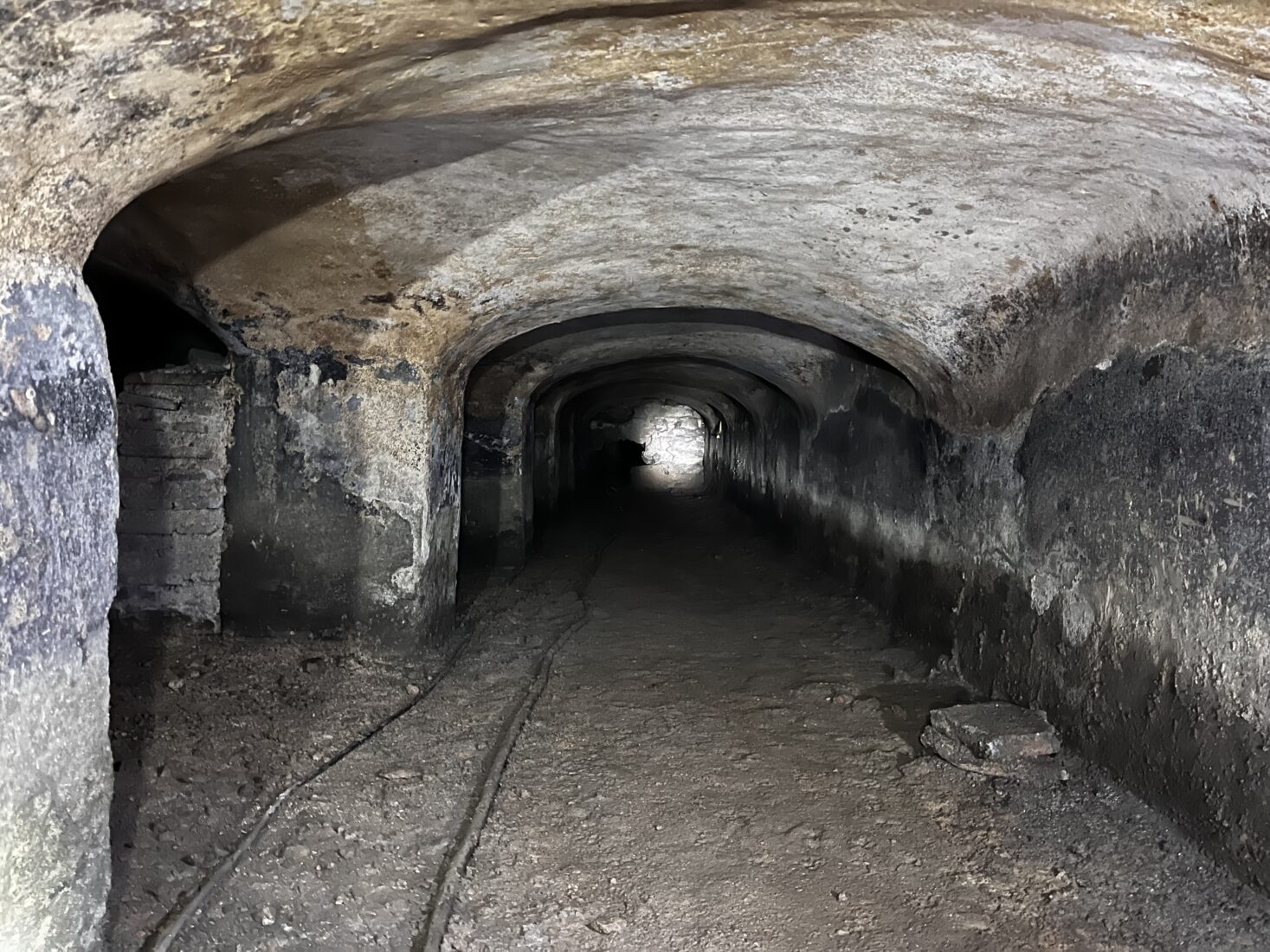
Professor Hasan Firat Diker, a member of the Hagia Sophia Scientific Committee, shared insights with Anadolu Agency into the ongoing work. “This project will not only clean and restore these neglected underground beauties but also make them accessible to the public, revealing new archaeological findings,” he stated.
The restoration aims to provide a glimpse into the fascinating underworld of Hagia Sophia while preserving its historical significance. Once complete, parts of these spaces will be open for tours, offering a unique perspective on this UNESCO World Heritage Site.
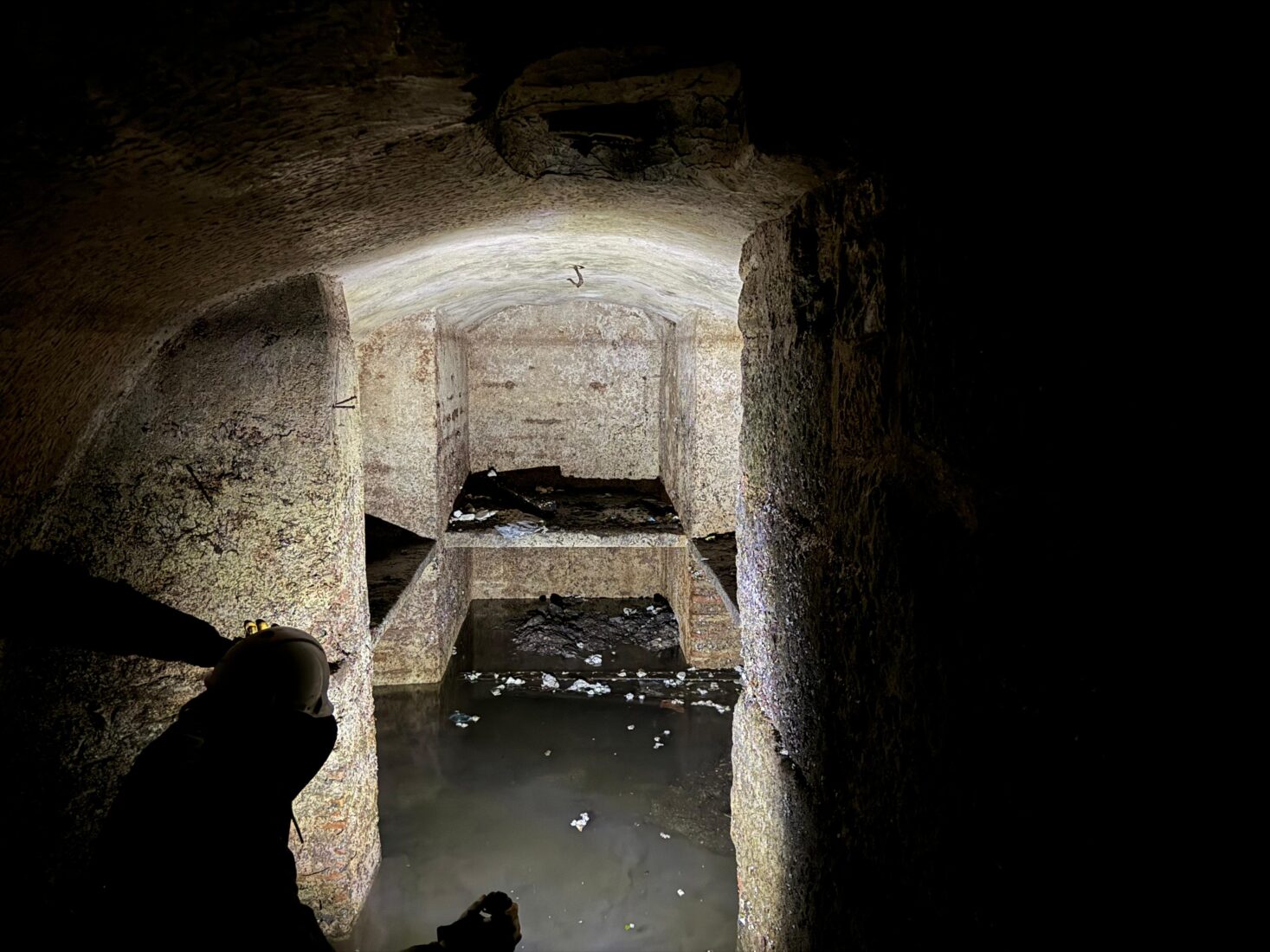
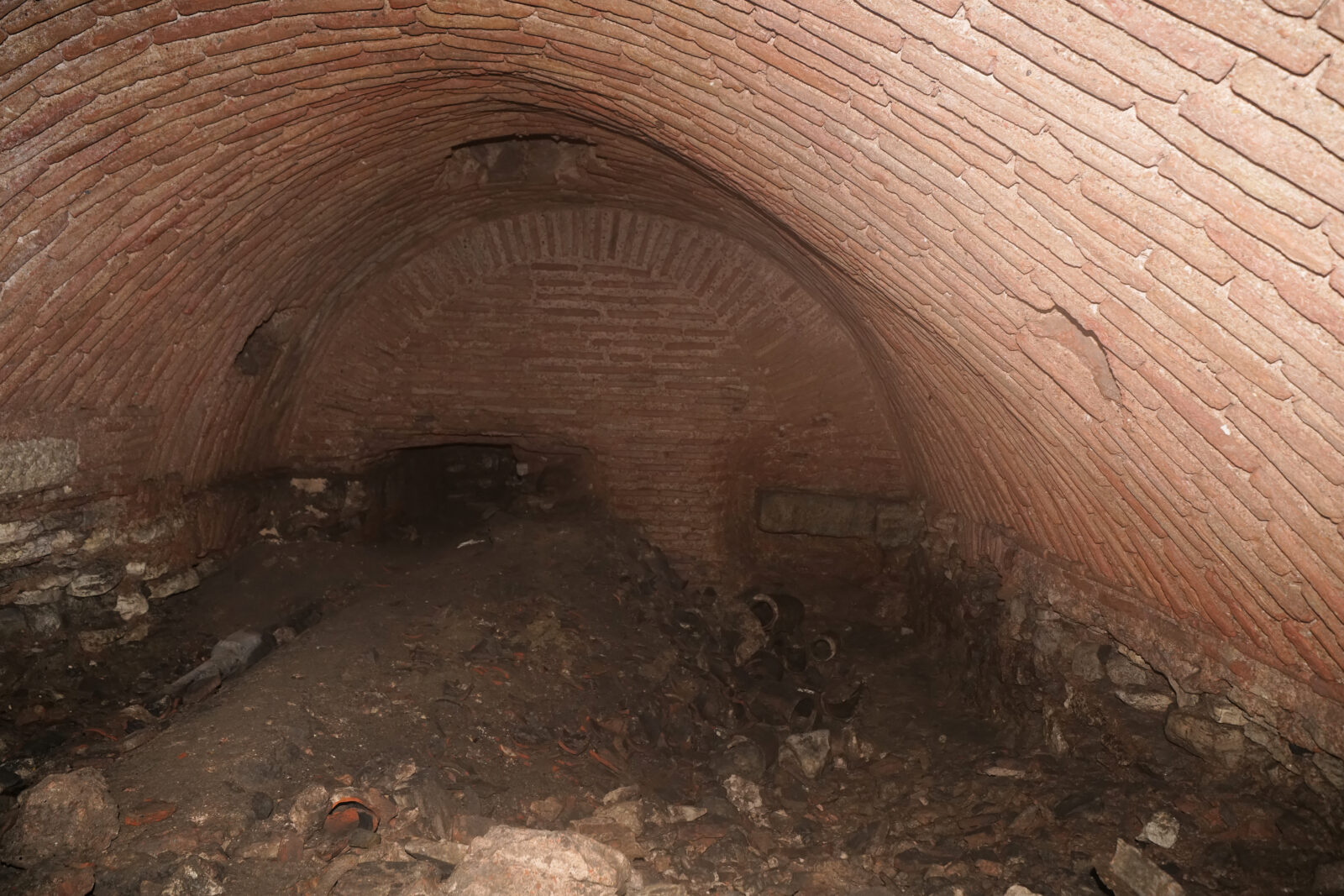
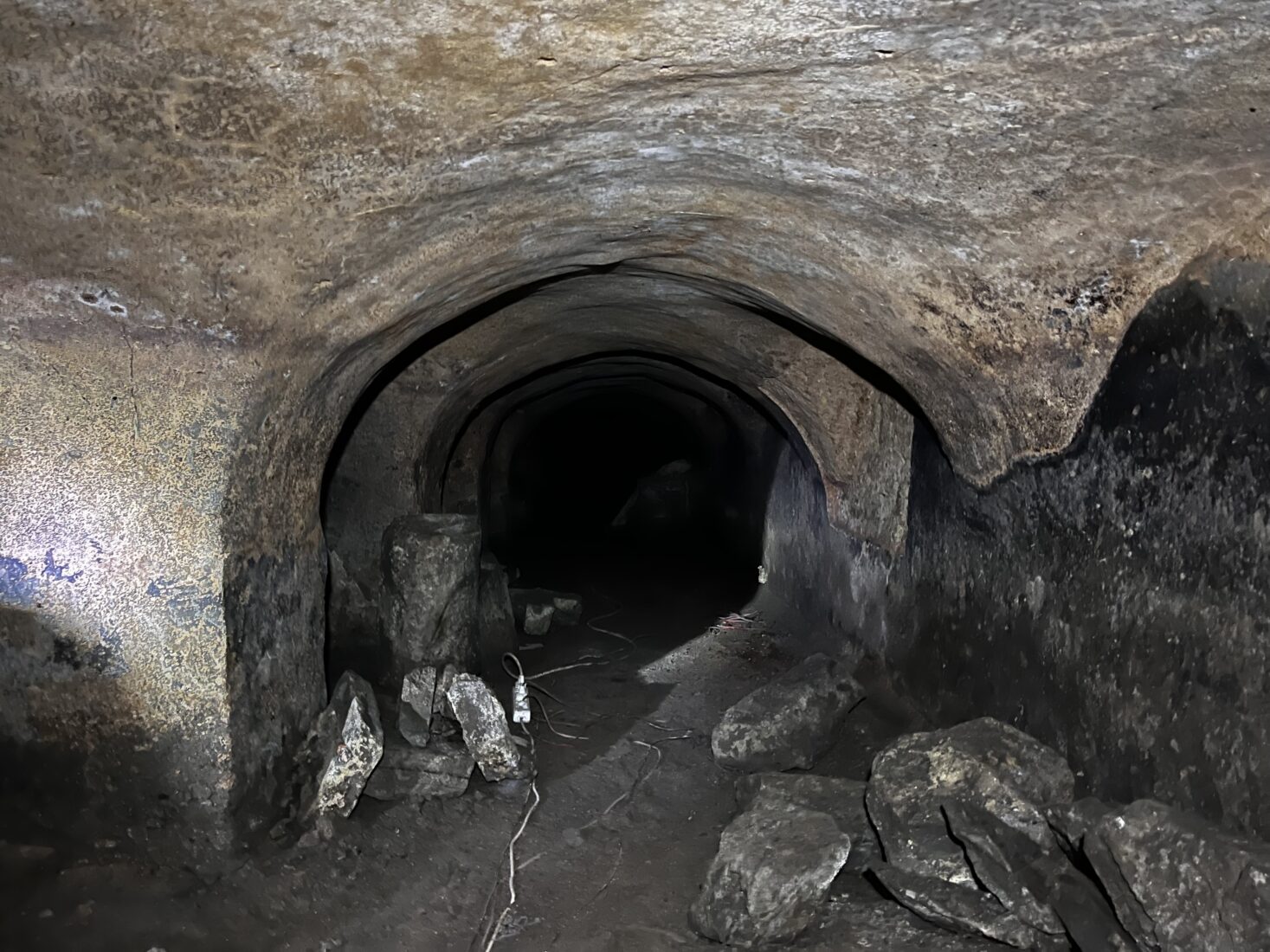
Breathing life into a historical treasure
Professor Diker emphasized the importance of cleaning these structures, which play a critical role in the natural ventilation of Hagia Sophia.
“This comprehensive project will enhance Hagia Sophia’s preservation and bring new cultural and historical gains to Istanbul,” he said.
The underground restoration is part of the largest conservation effort in the history of the country, ensuring the enduring legacy of Hagia Sophia for generations to come.

